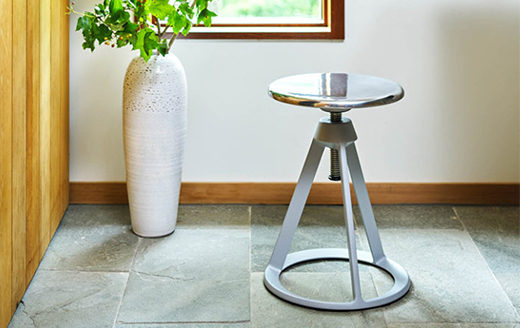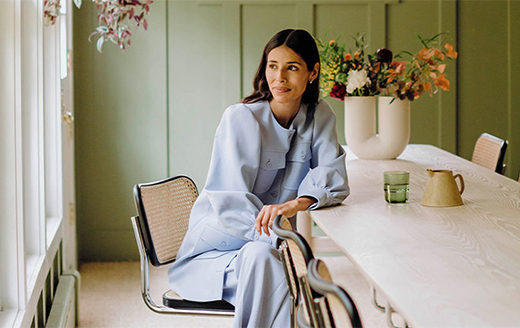LIVING WITH
In Dirk Lohan’s home on Chicago’s Lake Shore Drive, it’s a family affair
The architect and grandson of Mies van der Rohe on martinis, cigars, and childhood visions realized.
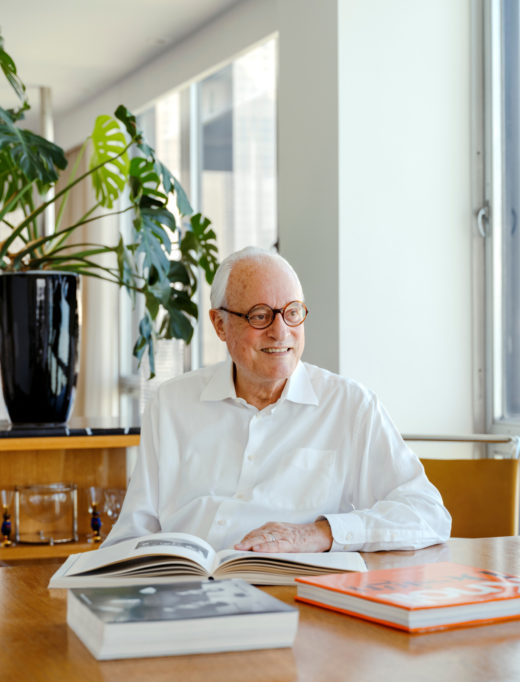
When architect and designer Dirk Lohan was a boy living in Germany in the early 1950s, the Chicago photographers Hedrich Blessing sent his mother prints of her father’s monumental new glass and steel apartment buildings at 860-880 Lake Shore Drive. Dirk’s grandfather, Mies van der Rohe, had previously designed his mother and father's apartment outside Berlin—but this was something else.
“Where we lived, we had nothing like this,” he says. “No high rises, no Great Lakes. I said to myself, ‘One day, I’ll live there.’” Dirk hung the building photos on his bedroom wall the way his peers might hang a poster of a film star.
In 2013, this boyhood vision became real. Dirk, his wife Cathy, and their stunning collection of art and furniture—including several Mies originals—moved into the penthouse floor with sweeping views of Lake Michigan and the Chicago skyline. “I love living here. I feel so connected to nature, to the weather,” Dirk says. “I’m a lifelong sailor, you see. I love looking at the lake. You can see where the wind is blowing from based on the wave patterns. When thunderstorms come through, it almost feels like you’re on a boat.”
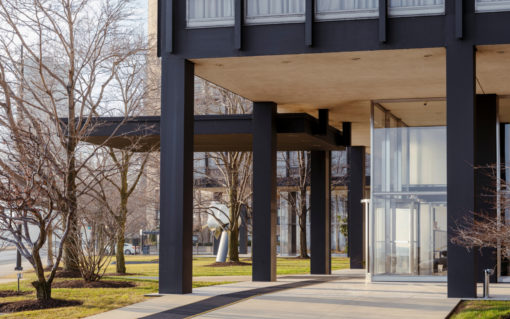
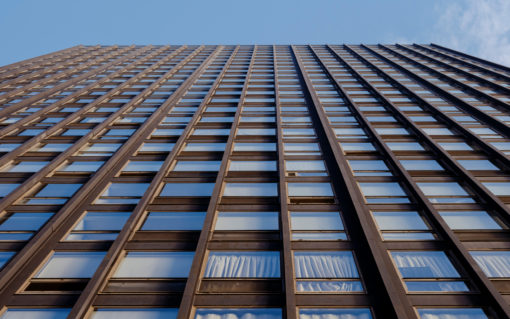
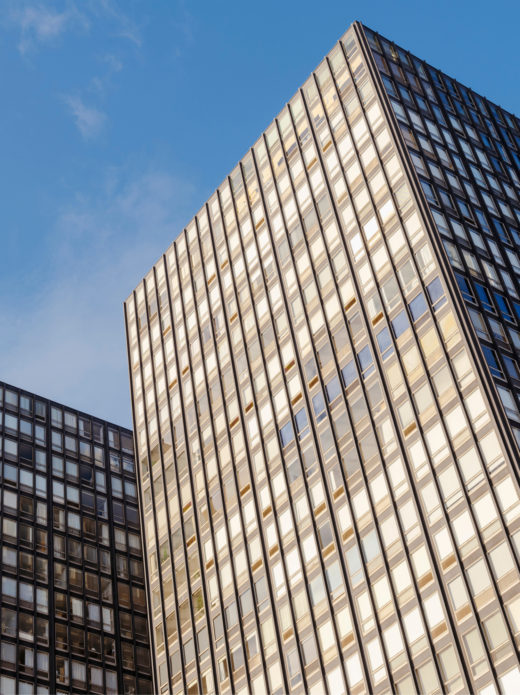
“Where we lived, we had nothing like this. No high rises, no Great Lakes. I said to myself, ‘One day, I’ll live there.’”
It's evident that the apartment was designed to honor the spectacular sightlines. Aside from two towering monstera plants, each piece of furniture rises to the same low horizon for views in all directions—north along bustling Lake Shore Drive, west to the John Hancock Center, east all the way to where sky meets lake.
Cathy, an interior designer, opens the photos app on her phone. It looks like a series of Rothko paintings. “The colors are constantly changing. I never get tired of the sunrises and sunsets,” she says. On their first night sleeping in the new apartment, the two were surprised by colorful explosions erupting at window level. “Twice a week we get fireworks at Navy Pier. That’s summer!”
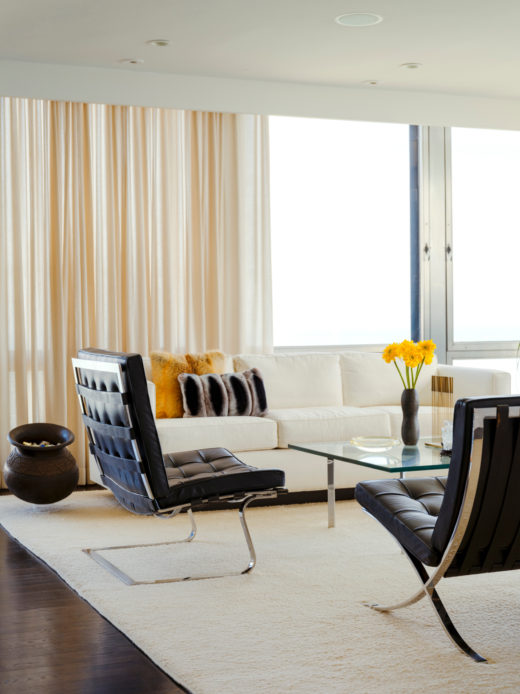
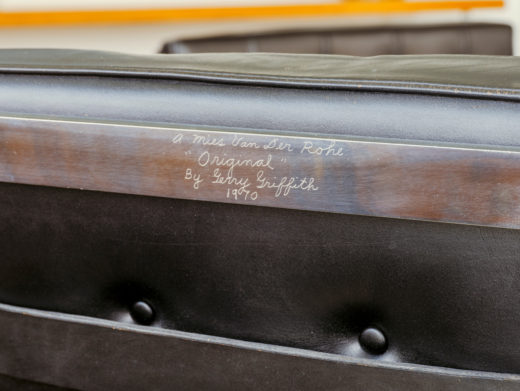
As a boy, Dirk would not get to know his grandfather until the famous architect returned from the U.S. to his native Germany after being driven away during the war. Dirk says warmly, “My mother would never admit it, but she arranged things to make sure I was exposed to him.” At age 14, Dirk would attend a martini- and cigar-fueled luncheon with Mies and other architects. After passionate discussion, the men pushed their dishes aside and pulled out pencils. “They started sketching out ideas on the white tablecloths. I was so impressed,” he recalls. “And I said, ‘Well, being an architect isn’t that bad.’”
On the same visit to Germany, Mies wanted to take a trip. “He wanted to drive through the Black Forest to look at the woods and the mountains. So, a driver and a car were hired. He sat in the front with his cigar, and I rode in back.” Dirk pauses to reflect. “I spent some time with him, and maybe it was a good influence on my life.”
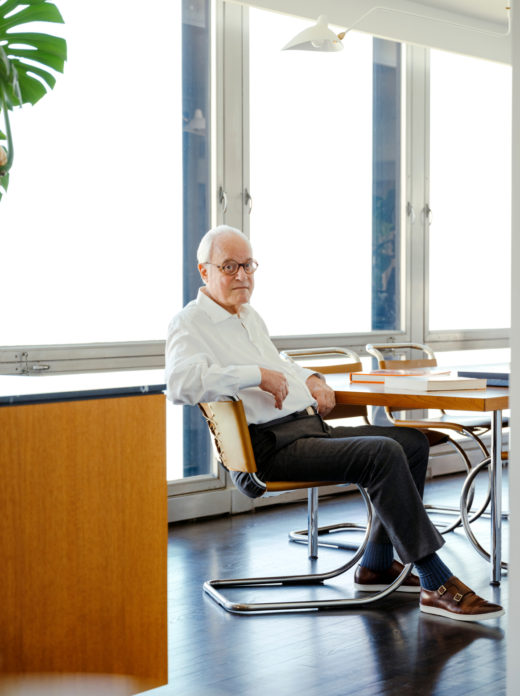
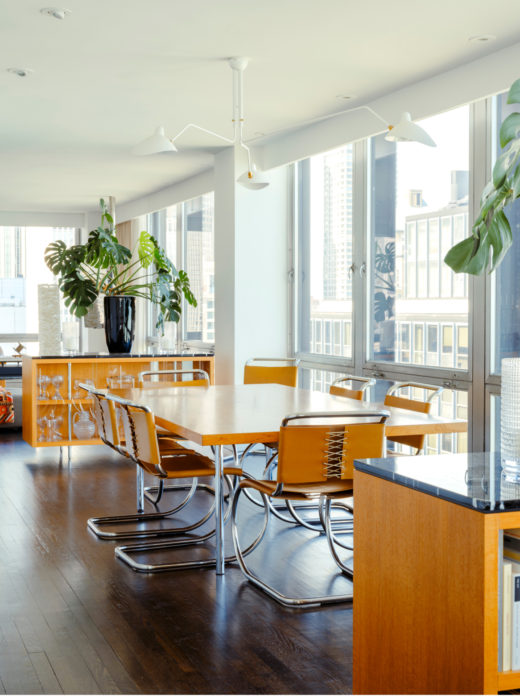
“He wanted to drive through the Black Forest to look at the woods and the mountains. He sat in the front with his cigar, and I rode in back. Maybe it was a good influence on my life.”
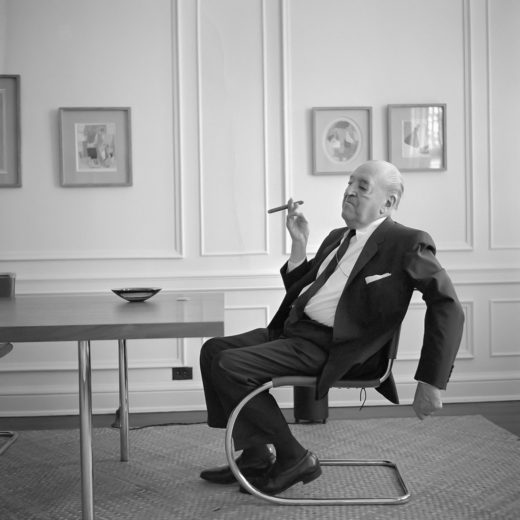
Dirk eventually left his native Germany to study architecture at the Illinois Institute of Technology under his grandfather's tutelage. After a stint in Germany, he returned to Chicago to work closely with Mies on projects like the IBM office building in Chicago, the New National Gallery in Berlin, and the Toronto Dominion Centre. In the decades since, at the helm of celebrated firms, he's built an impressive array of cultural and commercial projects in the U.S. and abroad.
The two had a close bond for the duration of Mies’s life, both personally and professionally. Dirk has tales of traveling with his grandfather to Switzerland, Germany, and London; of a visit to the White House for Mies's reception of the Medal of Freedom; of regular Thursday night dinners spent musing over martinis (straight up, with olives) and cigars (Montecristo).
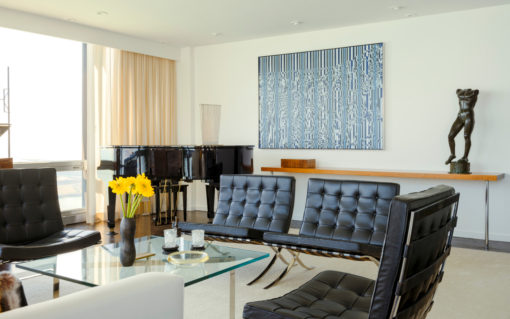
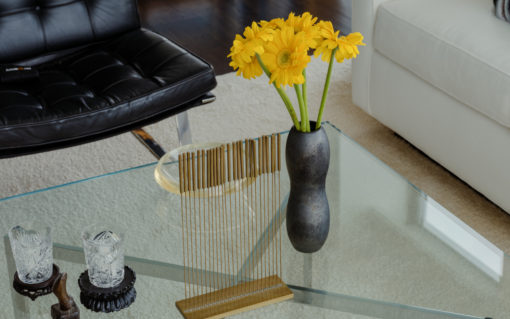
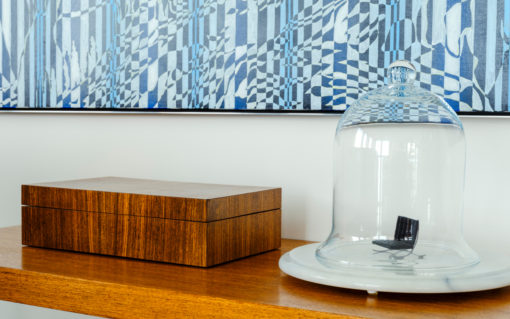
Accompanying the memories is a vast collection of Mies furniture. The Lohans host dinner parties at a dining table famously designed and owned by Mies. Tan leather MR Chairs ring its perimeter. The living room features beautifully patinaed Barcelona Chairs, a pair of Tugendhat Chairs proudly signed by the maker, and a Barcelona Table topped with Mies’s infamous ashtray.
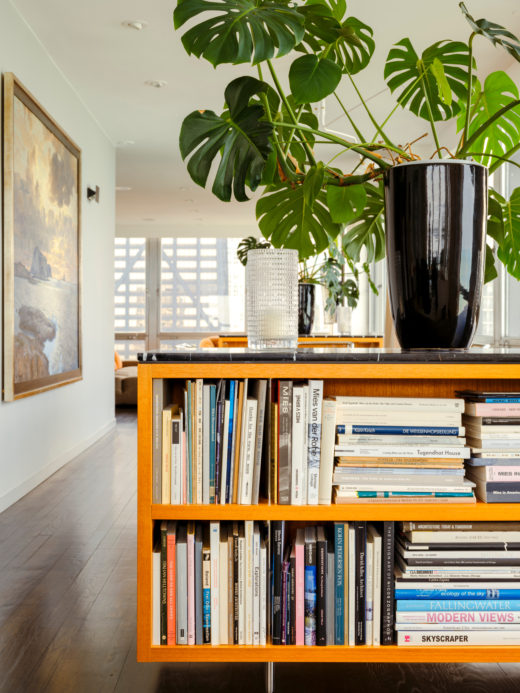
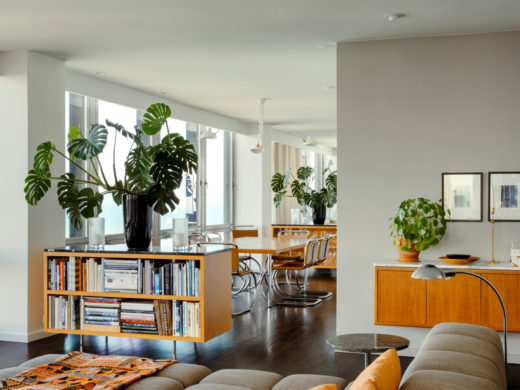
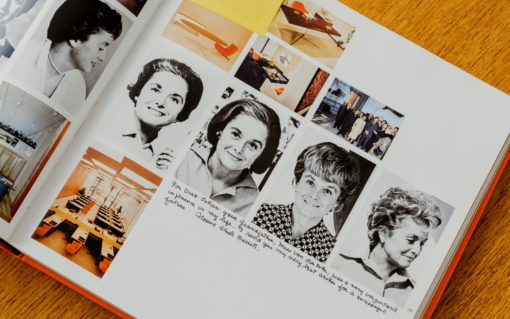
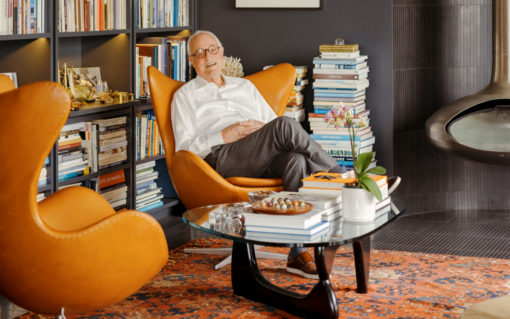
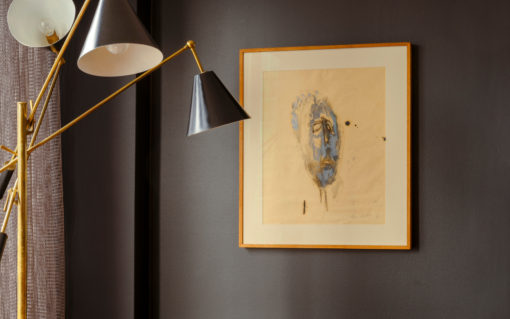
Connections to Knoll and the Cranbrook Academy of Art turn up in a Bertoia wire sculpture, a figural piece by Carl Milles, a copy of Knoll Design inscribed by Shu herself beneath a sequence of portraits: “For Dirk Lohan ... from Florence Knoll Bassett”.
“I always said to myself, ‘I don’t want to be the Mies historian’. But he’s all over the place!” Dirk says with a laugh. “I see something everywhere. It’s so fun to think about our memories. I love talking about him.”
Photography by Max Burkhalter







